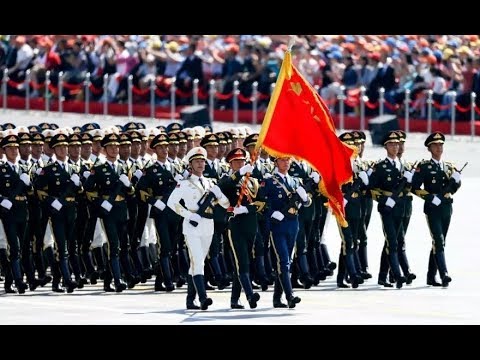
In honour of the 92nd anniversary of China's Armed Forces, the Chinese government recently released this video which shows a variety of armaments, particularly the nation's missile forces and, most importantly, for the first time we get a glimpse of the nation's People's Liberation Army Rocket Force (PLARF) command centre:
According to an analysis by Anthony H. Cordesman of the Center for Strategic and International Studies, China's missile forces which are under the command of the Second Artillery Force have changed from a nuclear deterrent force based on intermediate- and medium-range missiles to a force of intercontinental- and medium-range nuclear forces in combination with a conventional missile force that is capable of conducting attacks at medium-range distances. On December 31, 2015, PLARF was elevated to a position as a fourth military service alongside the People's Liberation Army, the People's Liberation Army Navy and the People's Liberation Army Air Force. This move tells us how China's leadership is prioritizing the development and modernization of China's missile forces as a defensive force.
Let's look at some of China's most recent missile development programs. Here is a graphic from the Federation of American Scientists (FAS) showing one of China's missile training areas located in central Inner Mongolia as analyzed by Hans M. Kristensen:
The author has been able to identify at least 100 launch pads and at least eight launch unit camp sites covering an area of 400 square miles. In addition, he has located another nuclear missile deployment are in central China as shown here:
In total, the Delingha and Da Qaidam sites have 58 launch pads over an area of 772 square miles.
Now, let's look at three of China's most capable missiles, the DF-31, DF-41 and the DF-26.
1.) The Dong Feng 31 family: According to the Missile Defense Advocacy Alliance, China's DF-31 and its DF-31A variant are intercontinental ballistic missiles that have been in service since 2000. The DF-31 is a three-stage, solid-field intercontinental ballistic missile that can be fitted with either three or four MIRVs (multiple independently targetable reentry vehicles) with yields of 20, 90 or 150 kilotons or a single one megaton warhead. The DF-31 has a range of 8000 kilometres and a accuracy of 300 metres CEP (circular error probable) in its road-launched variable and an accuracy of 150 metres CEP when a silo launch is used. The DF-31A was operational in 2007 and has a solid-fuelled, three-stage missile that is also road-mobile and silo-based. It has an increased range of 11,000 kilometres giving it the ability to strike all areas of Europe, Russia and the United States. The DF-31B is under development and is expected to be operational by 2020. Here is a summary of the DF-31:
2.) The Dong Feng 41: According to Missile Threat, China is also developing the DF-41, a road- and rail-mobile intercontinental ballistic missile. It has an estimated range of 12,000 to 15,000 kilometres which would make it the world's longest-range missile in operation. It will have a top speed of Mach 25 and will be capable of delivering up to 10 MIRVed (multiple independently targetable reentry vehicle) warheads and will be able to strike the continental United States 30 minutes after launch. Here is a summary of the DF-41:
The DF-41 will pose security challenges for the United States given its range, payload type and launch method. The fact that the D-41 will be a road- and rail-mobile system will make it more difficult for U.S. intelligence agencies to track the locations of the missile since the missiles can be camouflaged as commercial road or rail vehicles. As well, such mobility will allow China to hide its DF-41 missiles in tunnels, making it impossible for satellites to ascertain either the missile's location or the number of missiles that are in operation.
3.) The Dong Feng-26: In January 2019, the Chinese government (through the Global Times) published this report stating that the PLARF had carried out an exercise of its new DF-26 (Dong Feng intermediate-range missile in Northwest China:
The DF-26 was first unveiled to the Chinese public in September 2015 during a military parade held in Beijing as shown in this photo:
These completely mobile missiles are capable of targeting medium and large ships at sea and, because of their modular design, they can accommodate several configurations of conventional warheads as well as nuclear warheads. The D-26 "ship killer" should serve to deter American ships from interfering in China's territorial waters in the South China Sea where China continues to develop various islands for military purposes. The DF-26 has a range of 4500 kilometres which will allow China to target bases in Guam. The Chinese also believe that these mobile missiles will be harder to target, particularly when they are launched from remote areas within the nation. Here is a summary of the DF-26:
China's ongoing development of the Dong Feng family of missiles, particularly the DF-31A, DF-31B and DF-41 significantly narrow the playing field when compared to both Russian and American missile technology. China now has the ability to survive a missile attack by an adversary as well as creating a scenario where it will be increasingly difficult to remove China as a world power. Looking back at the video at the beginning of this posting, it is a particularly frightening prospect to think that a multiple missile launch as depicted at the one minute and 30 second mark could be the proof that we are now entering a Cold War with very well-armed China.
Click HERE to read more from this author.
You can publish this article on your website as long as you provide a link back to this page.

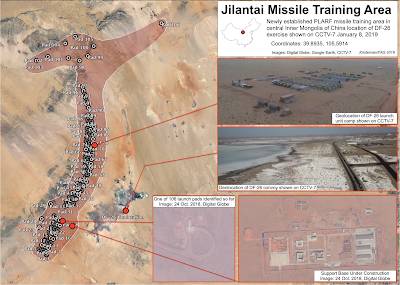
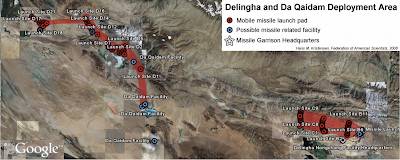


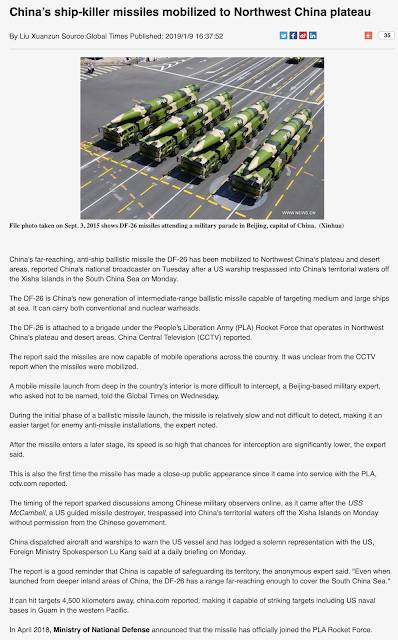
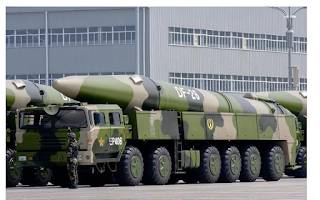

Be the first to comment